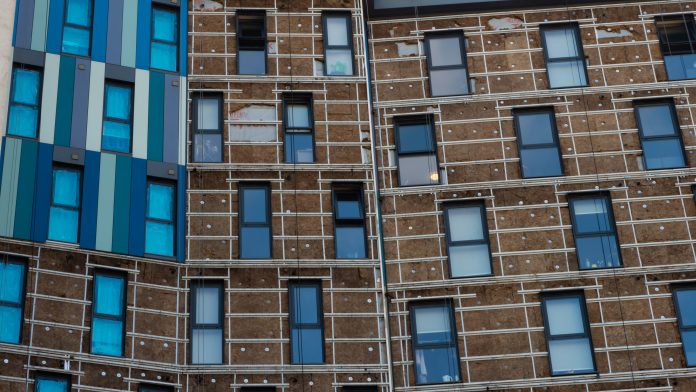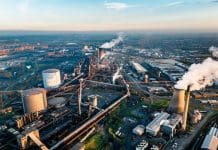The latest update from the Building Safety Act offers leaseholder protections from cladding related costs and limits future liability for repairing other historical defects
From 28 June 2022, leaseholder protections ensure that qualifying residents in England will pay nothing to remove dangerous cladding, and the amount they can be asked to contribute to fixing other historical building safety defects is firmly capped.
Residents qualify if their property is in a building above 11 metres (or 5 storeys) and was their main home on 14 February 2022. Residents must have owned no more than 3 UK residential properties on this date. Leaseholders who bought their properties since 14 February 2022 also qualify.
If you are a qualifying leaseholder:
You should not pay any outstanding invoice for historical cladding or non-cladding building safety costs that were caused during the construction or refurbishment of your building. If you are a qualifying leaseholder, you are now protected from all cladding-related building safety costs.
Any existing invoices are no longer valid, and any landlord or agent who seeks to enforce them could be committing a criminal offence.
You will be able to confirm your new legal rights through a short certificate you can fill in which will be available on GOV.UK once new regulations become law during July.
Before a landlord can charge you any historical non-cladding costs, they will need to fulfil a series of transparency and financial reporting requirements. If they do not, the law requires them to pay all building safety costs in full, with no charges at all for leaseholders.
This means you should not pay any historical cladding or non-cladding costs before a landlord sends you and other leaseholders in your building a formal legal certificate, or can demonstrate that the costs do not relate to works covered by the Act.
If you do not qualify for the leaseholder protections:
If the developer of your building has signed the Building Safety Pledge, then they will be paying to fix all life-critical fire-safety risks, including non-cladding defects. If the developer or an associated company still owns the building, then they will also be completely liable for the repair work.
Where an assessment following the latest guidance suggests that repair work is necessary, then funding schemes will be available:
- Your landlord or freeholder will still be able to apply to the Building Safety Fund, the next phase of which will open shortly, if your property is in a building over 18 metres tall with dangerous cladding. If they applied during the first phase, you will be able to see the status of your registration on the portal.
- There will also be a new scheme for buildings over 11 metres tall, to be funded by developers through the Building Safety Levy – further guidance will be set out in the coming months.








![[Video] Fireco: 80 new fire doors required for residential flats in London](https://www.pbctoday.co.uk/news/wp-content/uploads/2025/04/2024-06-01-Lords-view-one_1200x750_004-218x150.webp)





